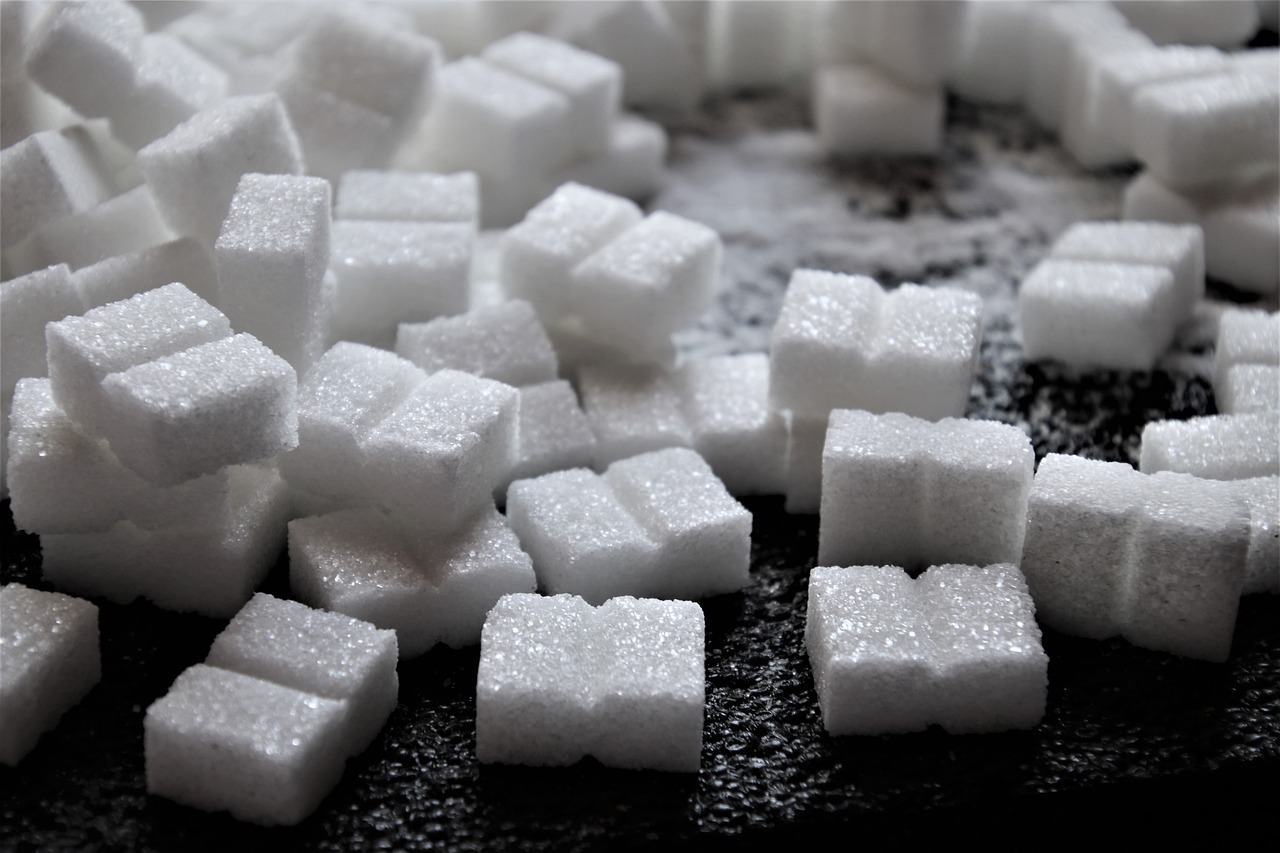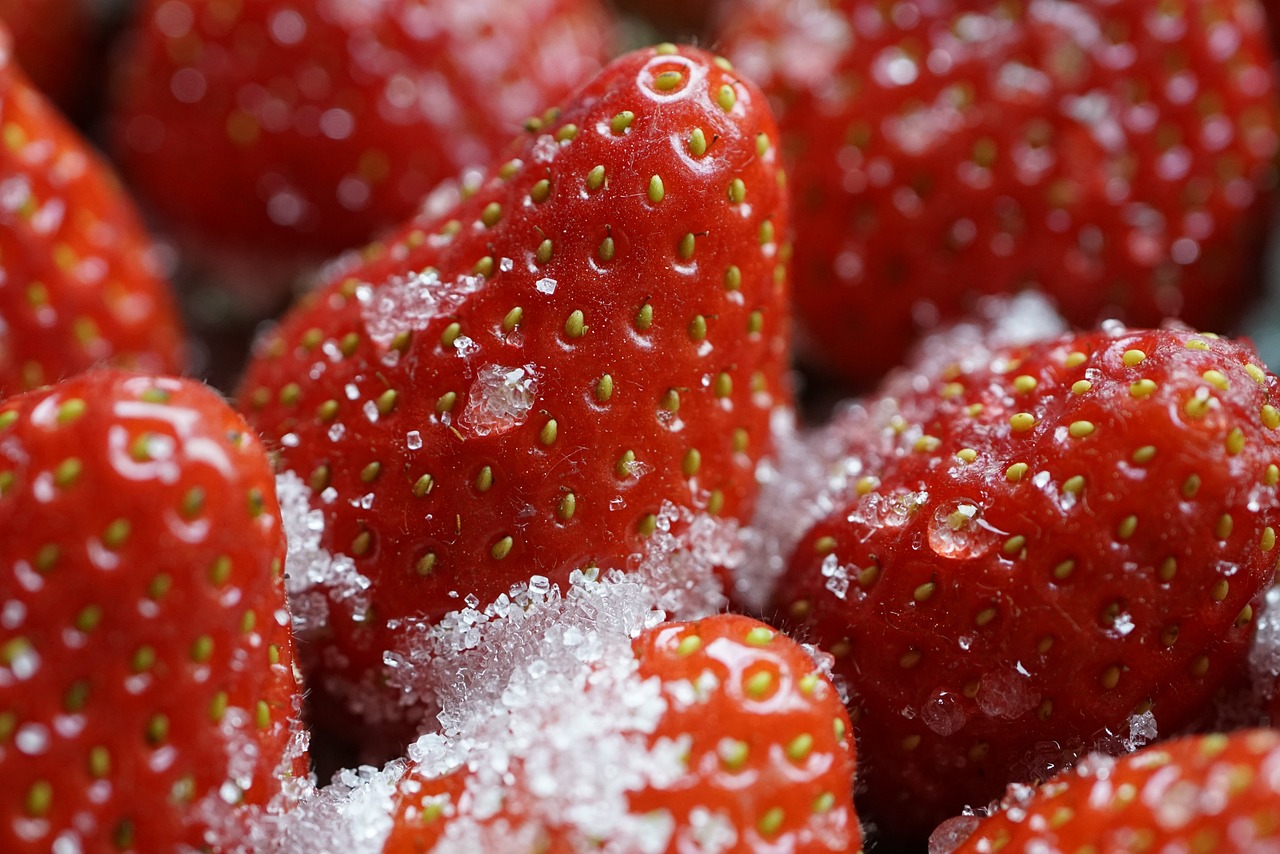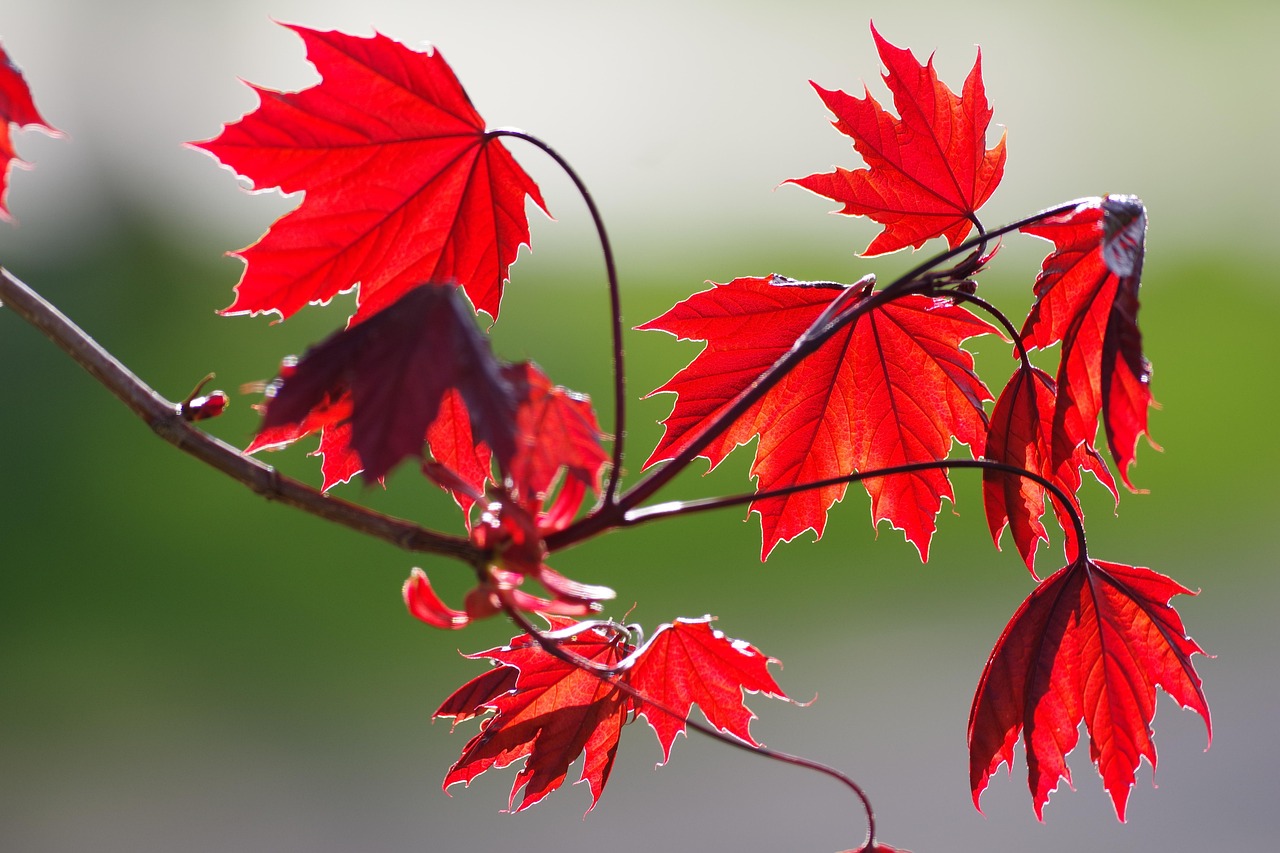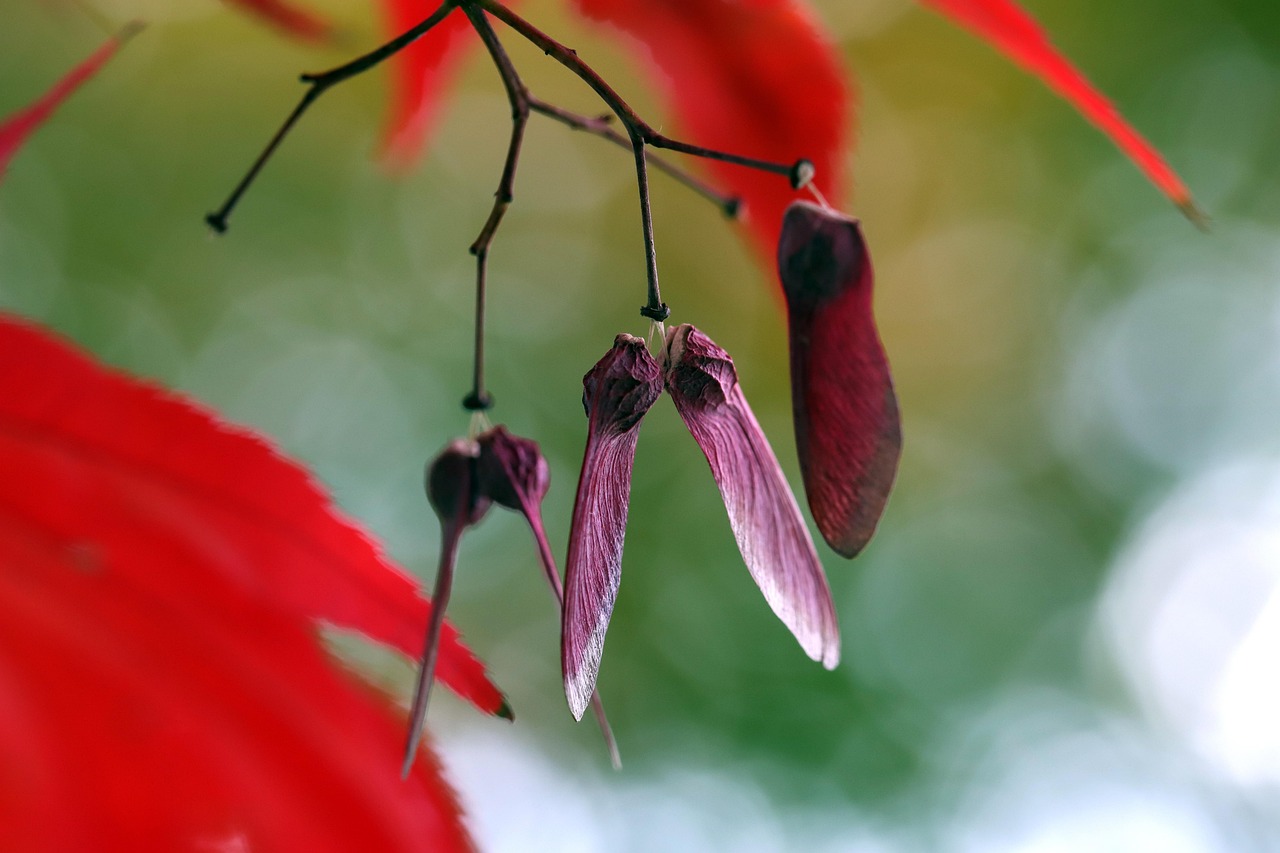Sugar maples are not inherently toxic to horses. However, the leaves and seeds can pose health risks if consumed in large quantities, especially when they are wilted or dry. It’s important for horse owners to monitor their horses’ access to these trees.
Understanding Sugar Maples

Sugar maples (Acer saccharum) are renowned for their stunning fall foliage and are a staple in many North American landscapes. These trees are primarily found in the northeastern United States and eastern Canada. Their sweet sap is also the source of maple syrup, making them economically significant. However, horse owners often wonder about the safety of sugar maples for their animals.
The leaves of sugar maples are broad and have a distinctive shape with five lobes. They turn vibrant shades of orange, yellow, and red in autumn, attracting many enthusiasts. While the aesthetic appeal of these trees is well-known, it is essential to consider their potential impact on equine health.
Potential Risks to Horses
Despite being a beautiful addition to any landscape, sugar maples can pose risks to horses under certain conditions. Horses are known to be curious creatures and may chew on the leaves or other parts of the tree. This can lead to health complications. The primary concern is related to the presence of certain compounds in the leaves and seeds.
One of the main issues arises when horses consume wilted or dried leaves. These leaves can produce toxins that may lead to a condition known as “maple leaf toxicity.” Symptoms may include lethargy, jaundice, and decreased appetite. In severe cases, this toxicity can become life-threatening.
Common Symptoms of Maple Leaf Toxicity
It is crucial for horse owners to recognize the signs of maple leaf toxicity early. Being aware of these symptoms can help in taking timely action. Common symptoms include:
- Lethargy
- Loss of appetite
- Jaundice (yellowing of the skin and mucous membranes)
- Rapid heart rate
- Colic
If a horse exhibits any of these symptoms after exposure to sugar maples, it is vital to seek veterinary assistance immediately.
Preventive Measures
To prevent potential risks associated with sugar maples, horse owners can take several precautionary steps:
- Monitor your horse’s grazing habits and limit access to areas with sugar maples.
- Educate yourself about the signs of toxicity and be prepared to act swiftly.
- Remove any fallen leaves or branches from horse enclosures.
- Consider planting alternative trees that are safer for horses in your paddock.
By implementing these measures, horse owners can safeguard their animals’ health while still enjoying the beauty that sugar maples offer in their surroundings.
Conclusion on Sugar Maples’ Safety for Horses
In summary, while sugar maples are not directly toxic, caution is necessary. Understanding the risks associated with their leaves and seeds can help horse owners make informed decisions about their animals’ environments.
Identifying Safe and Toxic Trees for Horses
When it comes to maintaining a safe environment for horses, understanding which trees are safe and which are potentially harmful is crucial. While sugar maples are not highly toxic, there are several other tree species that can pose a significant risk to equine health. Horse owners should familiarize themselves with both safe and dangerous trees to ensure the safety of their animals.
Common Trees That Are Harmful to Horses
Aside from sugar maples, several other trees are known to be toxic to horses. Some of these include:
- Black Walnut (Juglans nigra): The shavings or wood can cause laminitis, which is an inflammation of the hoof.
- Cherry Trees (Prunus species): The leaves and seeds can produce cyanide, which is deadly if ingested.
- Red Maple (Acer rubrum): Similar to sugar maples, wilted leaves can lead to toxicity, affecting red blood cells.
- Elderberry (Sambucus species): All parts of the plant are toxic when not properly cooked.
Understanding these risks helps horse owners create safer environments by removing or avoiding these harmful tree species.
Symptoms of Tree-Related Toxicity
In addition to knowing which trees to watch for, recognizing the symptoms of tree-related toxicity is essential. Common signs that a horse may have ingested toxic material include:
- Colic: Abdominal pain that may lead to rolling or kicking at the belly.
- Diarrhea: Loose stools can indicate digestive distress.
- Lethargy: A sudden drop in energy levels or unwillingness to move.
- Difficulty Breathing: Labored breathing can signal severe toxicity.
- Seizures: Neurological symptoms like convulsions can occur in extreme cases.
If any of these symptoms are observed, it is critical to contact a veterinarian promptly for assessment and treatment.
Safe Trees for Horses

While there are many trees that horse owners need to be cautious about, several species are considered safe for horses. These include:
- Apple Trees (Malus domestica): Leaves and fruits are non-toxic in moderation.
- Pine Trees (Pinus species): Provide shelter and shade without harmful effects.
- Birch Trees (Betula species): Generally safe and provide good shade.
- Willow Trees (Salix species): Safe for horses and can help provide shade.
Selecting safe trees for grazing areas is vital to ensure horses have access to shade and shelter without compromising their health.
Caring for Your Horse Around Trees
To further protect your horse from potential tree-related hazards, consider the following care tips:
- Regular Inspections: Check your property frequently for fallen branches or leaves that could be toxic.
- Educate Yourself: Learn about the local flora and its effects on horses.
- Create Barriers: Use fencing or other barriers to restrict access to hazardous trees.
- Provide Alternative Forage: Ensure your horses have enough food, so they do not feel compelled to nibble on potentially harmful foliage.
By taking these proactive measures, horse owners can reduce the risk of toxicity while allowing their horses to enjoy a natural environment.

Understanding Maple Trees and Their Environment
To fully grasp the potential risks associated with sugar maples and other trees, it is vital to understand their environment. Maple trees prefer certain conditions that can affect their growth and the safety of nearby animals, including horses. This section will explore the ideal growing conditions for sugar maples and how these factors may influence their toxicity levels.
Ideal Growing Conditions for Sugar Maples
Sugar maples thrive in specific environmental conditions. These conditions can impact the health of the trees and, consequently, the safety of horses nearby. Key factors include:
- Soil Type: Sugar maples prefer well-drained, loamy soils. Poorly drained or sandy soils can stress the trees, potentially affecting their health.
- Sunlight: They grow best in full sun to partial shade. Insufficient sunlight can weaken the tree, making it more susceptible to pests and diseases.
- Moisture: Consistent moisture is crucial. Drought conditions can lead to wilting leaves, which are more toxic to horses.
- Temperature: Sugar maples flourish in regions with cold winters and warm summers. Extreme temperature fluctuations can impact leaf health.
Understanding these factors helps horse owners evaluate the condition of sugar maples in their vicinity and assess any potential risks to their horses.
The Role of Seasonal Changes
Seasonal changes play a significant role in the health of sugar maples and their potential toxicity. Different times of the year can bring varying risks for horses grazing near these trees.
Spring and Summer
During spring and summer, sugar maples produce new leaves that are generally safe for horses. However, if there has been a late frost, leaves can become damaged, leading to wilting. Wilted leaves are particularly hazardous and should be removed from grazing areas.
Autumn
In autumn, sugar maples are celebrated for their vibrant foliage. However, as leaves fall, they can accumulate on the ground. If these leaves are allowed to wilt before being consumed by a horse, they can become toxic. Owners should regularly clean up fallen leaves during this time to prevent accidental ingestion.
Winter
In winter, sugar maples are dormant, and there is typically less risk of toxicity from leaves. However, if horses are in areas with snow cover, they may dig through the snow and consume dried leaves. It is essential to monitor these areas to ensure that no hazardous materials are available for consumption.
Pest and Disease Management
Pests and diseases can significantly impact sugar maples and their health. A stressed tree is more likely to produce harmful compounds. Horse owners should be aware of common threats to sugar maples:
- Aphids: These pests can weaken trees by sucking sap and cause leaf curling.
- Maple Syrup Borers: These insects can damage the tree’s trunk and branches.
- Powdery Mildew: This fungal disease can affect leaf health, leading to wilting.
Regular inspections for pests and diseases can help maintain the health of sugar maples. Keeping trees healthy reduces the chances of toxic conditions developing that could harm horses.
Nutritional Impact of Tree Leaves on Horses
The nutritional content of tree leaves can impact horse health. While not a primary food source, occasional leaf consumption may provide some benefits. Here are some points to consider:
- Vitamins and Minerals: Leaves contain various nutrients that can support overall health when consumed in moderation.
- Fiber: Leaf material can provide additional fiber, which is essential for digestive health.
- Toxic Compounds: It is crucial to balance any potential benefits with the risk of harmful compounds present in certain tree species.
Horse owners should carefully monitor any leaf consumption and ensure that it does not replace a balanced diet consisting primarily of hay or grass.
Long-Term Management Strategies for Horses and Sugar Maples

Long-term management of sugar maples in areas where horses graze is essential for maintaining a safe environment. It involves not only monitoring the trees but also implementing strategies that promote both tree health and horse safety. Here are some effective long-term strategies:
Regular Tree Maintenance
Maintaining the health of sugar maples can help minimize risks associated with toxicity. This includes:
- Pruning: Regularly prune dead or damaged branches to enhance tree health and prevent potential hazards.
- Fertilization: Use organic fertilizers to support healthy growth, ensuring the tree remains robust and less susceptible to pests.
- Pest Control: Implement integrated pest management practices to protect trees from harmful insects and diseases without harming the environment.
Education and Awareness
Education plays a crucial role in managing the risks associated with sugar maples. Horse owners should:
- Stay Informed: Keep up with the latest research and recommendations regarding tree safety and equine health.
- Participate in Workshops: Attend local workshops or seminars focused on horse care and safe grazing practices.
- Network with Other Owners: Share experiences and tips with other horse owners in your area to foster a community of awareness.
Creating a Safe Grazing Environment
To ensure horses have a safe grazing area, consider the following measures:
- Designated Grazing Areas: Create specific grazing zones that are regularly monitored for toxic plants and fallen debris.
- Observation: Spend time observing your horse’s behavior around trees and ensure they do not exhibit signs of distress after consuming any foliage.
- Access to Clean Water and Feed: Providing ample fresh water and quality forage can reduce the likelihood of horses nibbling on potentially harmful leaves.
Conclusion
In summary, sugar maples are not inherently toxic to horses, but caution is warranted. These trees can pose risks when leaves are wilted or when horses consume them in large quantities. By understanding the characteristics of sugar maples, their environmental conditions, and potential risks, horse owners can take proactive steps to ensure their animals’ safety.
The key takeaways include recognizing hazardous trees, monitoring your horse’s environment, and implementing long-term management strategies. Regular inspections, education, and proper care can significantly reduce health risks associated with sugar maples and create a safer habitat for horses.
Ultimately, creating a well-informed approach to tree management and equine care allows horse owners to enjoy the beauty of sugar maples while ensuring their horses remain healthy and safe.
